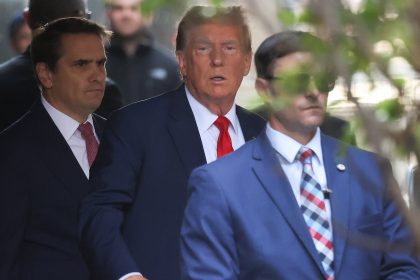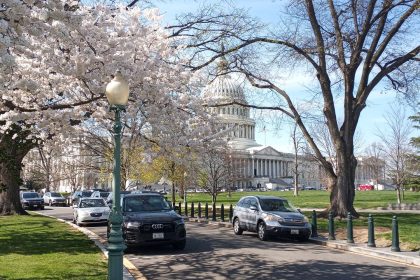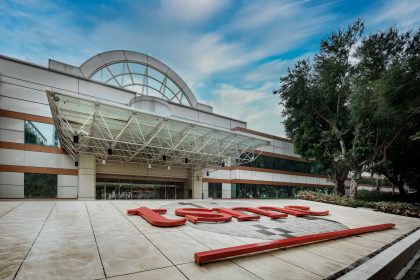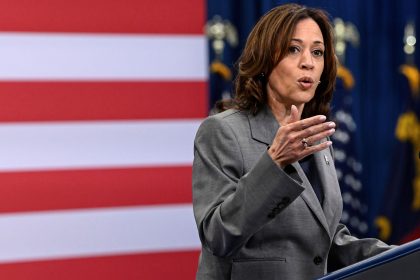Permanent Solutions Needed to Close Digital Divide

Substantial federal help is needed to assure affordable broadband access to disadvantaged communities, according to Wednesday’s witnesses before the House Commerce and Energy Committee’s Subcommittee on Communications and Technology.
The virtual hearing, entitled “Connecting America: Broadband Solutions to the Pandemic Problems,” focused on the digital divide that separates communities with high-speed broadband access from those without. The remote work and distance learning demands created by the novel coronavirus have exaggerated this divide, particularly for communities of color, lower-income and rural communities. “The pandemic has laid this inequality bare,” said Subcommittee Chairman Mike Doyle, D-Penn.
The subcommittee members and witnesses discussed two current legislative proposals now on the table to expand broadband access and affordability. The consensus among the witnesses was that, despite assistance to underserved communities and public education, these legislative actions are short-term solutions for an ongoing issue and longer-standing federal solutions need to be implemented.
One program discussed was the $3.2 billion allocated towards the Emergency Broadband Benefit program in the Consolidated Appropriations Act of 2021 to expand access to reach these communities. The other legislative solution was one approved by the full committee for budget reconciliation of fiscal year 2021 to create a $7.6 billion Emergency Connectivity Fund that would allow schools and libraries to provide teachers and students with internet service and connected devices, as well as hotspots for at-home internet use to close this homework gap.
The temporary EBB program also provides grants to minority-serving anchor institutions, businesses and nonprofit organizations through the National Telecommunications and Internet Association, additional funding to the Federal Communications Commission’s COVID-19 Telehealth Program, pandemic-related discounts for broadband service and low-cost devices for eligible households on in disadvantaged communities and Tribal lands, and two grant programs under the NTIA to support broadband deployment into Tribal lands and other rural areas lacking connectivity.
Despite these legislative actions being a “much-needed step to help rescue American people,” it is a “band-aid solution to a much bigger access and affordability issue,” said Rep. Yvette Clarke, D-N.Y.
The FCC’s existing E-rate program, which assists schools and libraries in funding technology, first established in 1996, should be expanded to include district funding for reimbursement to eligible households for their at-home studies, according to Dr. Tiffany Anderson, superintendent of Topeka Public Schools in Kansas.
Once the pandemic is over, Anderson said, the need for connectivity will remain and so will the digital divide, unless help is directed to “meet families where they are” and help them “move out of poverty.” The continuance of federal post-pandemic funding in this area is a must, she said, for it is an “equity opportunity gap.”
Jonathan Adelstein, president and CEO of Wireless Infrastructure Association, points out that the nation has seen a 20% increase in mobile online traffic since the onset of the pandemic.
Despite the wireless industry keeping up with this increased demand due to heavy yearly investment by the industry, there are still about 18 million Americans who are not connected because broadband deployment in urban, suburban, and higher-income communities outpaces that of rural, low-income ones.
Adelstein said that sizable federal funding must be used for operational and infrastructure costs to accelerate the deployment needed in underserved communities without disrupting the connectivity of others. Adelstein also requested additional funds be put towards expanding the workforce, by “up-skilling” and “reskilling” workers through apprenticeships and other employer-sponsored training programs.
“We need to make sure we get broadband where it needs to be,” he added.
All witnesses pointed towards the ‘Moving America Forward Act,’ approved by the House but not the Senate last year, as a reference point for the size of federal funding necessary.
However, the crux of the ongoing cross-aisle debate seems to fall on the level of regulatory oversight the government should have in infrastructure deployment, access and pricing.
Republicans claim that the light regulatory touch of prior Republican administrations has led to private investment in infrastructure that has created robust networks able to satisfy the increased online traffic, which other countries struggled with in the first year of the pandemic.
They argue that cutting regulatory red-tape, particularly in permits, would allow for expedited deployment. On the other hand, their Democratic counterparts said this lack of oversight is what led to the digital divide in the first place, with internet providers choosing the areas for expansion, increasing prices as they saw fit or putting data caps on their customers. This debate has spanned two decades.
Congress needs to work across the aisle to implement new programs and improve existing ones, said Rep. Tom O’Halleran, D-Ariz., If not, the country will continue coming back to this debate that has left rural America “basically…forgotten for two decades.”























